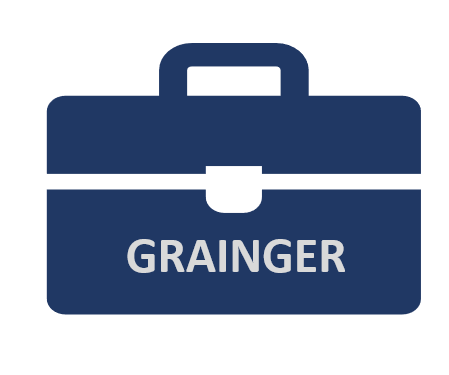ADKAR
The term “narrative” means storytelling. The narrative perspective involves an understanding that life makes sense through telling stories, and that stories with their implicit morals are one of life’s basic conditions.
One cannot escape the narrative. It is the stories that organize the experience and thereby make sense. People and cultures never have just one life story. There are always many different stories at play – both for the individual and the culture.
The narrative perspective implies that life is perceived as multi-historical. A different story can always be told. Our stories are often in a messy and complicated relationship with one another. And much of what happens in our lives is not recorded and incorporated into a narrative – many of our initiatives and actions remain unnoticed by others and ourselves.
This is why I sometimes use a narrative perspective when I facilitate workshops or lessons.
To give an example I will tell a story about how I intended to use the ADKAR model for change with a group of managers and business developers. The objective was to implement some new products and procedures in a major organization. None of the participants had any special knowledge about implementation planning but they all knew about the product and procedures – both the old and the new ones.
I started out by giving a brief introduction to the five steps in the ADKAR model, the benefits of the model, and some examples of how to use it.
- Awareness of the need to change
- Desire to participate and support the change
- Knowledge of how to change (and what the change looks like)
- Ability to implement the change on a day-to-day basis
- Reinforcement to keep the change in place
I showed them a video similar to the one below and asked them if any had some input on our implementation plan. Some fingers came up and the discussion started to spread out but as none of them had any experience with the model the discussion stopped again.
Storytelling
I said to myself “if the implementation has to be in place within the deadline we need to do something else”. I grabbed my bag with narratives and found a case about a grandmother:
“Your 85-year-old grandmother lives alone in a big old house, which she has grown too old to hold and the whole family is often worried about how she manages all the steps.
The family thinks that she should move to something more “age-friendly”, and since you are the grandmother’s eye, you are given the task of being responsible for getting it done”.
I divided the participants into teams and asked them to create a plan for getting grannie safe and happy into a nursing home based on the ADKAR principles.
1-2 hours later the teams presented their ideas and all teams came up with some fine presentations describing their thoughts about getting grannie into something more “age-friendly”. There were plenty of prerequisites, plans, initiatives, and actions that could help in the process and reinforcing grannie’s new daily way of life in the future.
The story about the grandmother was chosen because all people can relate to it. All of us have a grandmother and we all know the problems and decisions related to her getting older. Therefore, most of us have been in the same situation and hereby it was easy to find some solutions.
Second, the narrative worked as an icebreaker for the following business discussions and decisions about the implementation, which was the focus on the agenda. After a day’s work, all participants was agreeing on a draft plan that could work as a steppingstone for up-coming planning. Target groups were defined, high-level activities found, communication was set in place and key stakeholders were involved.
